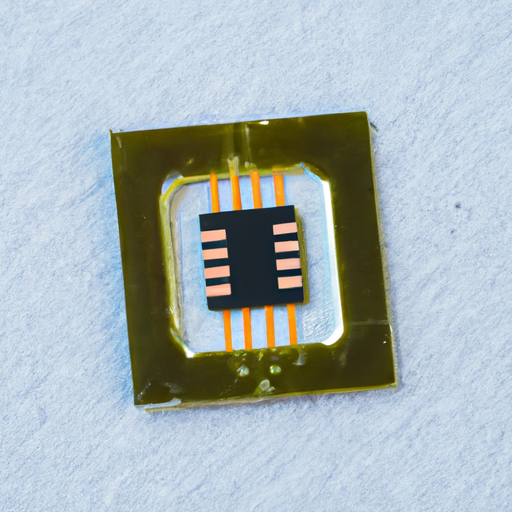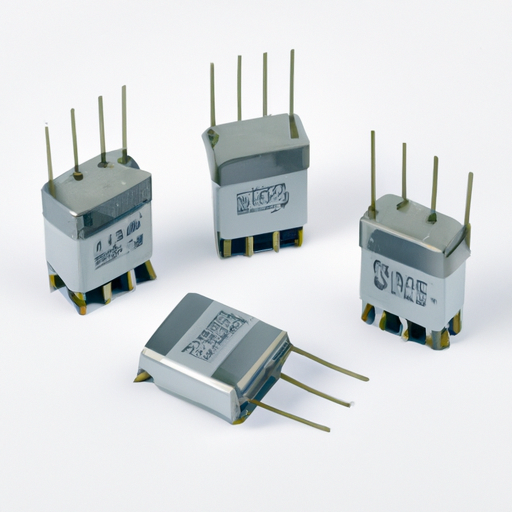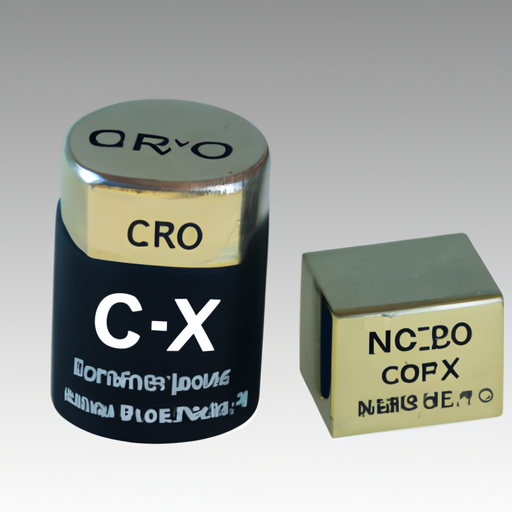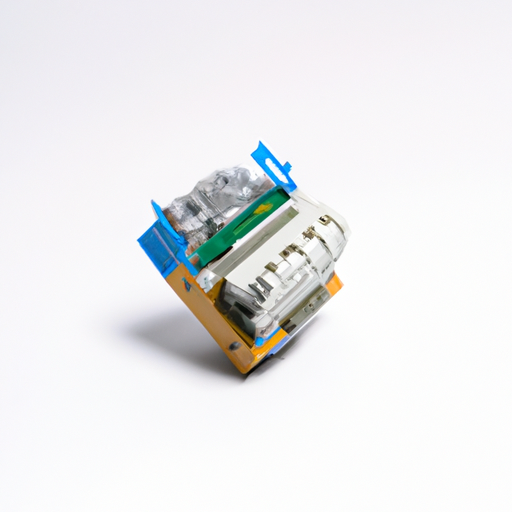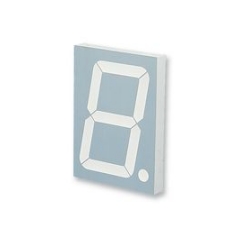MM74HC4049N Through Hole Resistors highlighting the core functional technology articles and application development cases of Through Hole Resistors that are effective.
Core Functional Technology of Through-Hole Resistors
1. Basic Functionality: Through-hole resistors are passive components that limit the flow of electric current in a circuit. They are defined by their resistance value (in ohms), power rating (in watts), and tolerance (the degree to which the actual resistance can vary from the stated value).
| 2. Types of Resistors | Through-hole resistors come in several types, including: |
| 4. Applications | Through-hole resistors are utilized in a variety of applications, including: |
3. Construction: These resistors feature leads that are inserted into holes on a printed circuit board (PCB) and soldered in place. This construction provides a strong mechanical connection, making them suitable for applications where durability is essential.
Application Development Cases with MM74HC4049N and Through-Hole Resistors
1. Inverter Circuits: The MM74HC4049N is a hex inverter IC that can be used to invert digital signals. By incorporating through-hole resistors in series with the input, designers can control the input signal levels and protect the IC from excessive current.
- Example: A resistor can be placed between a microcontroller output and the input of the MM74HC4049N to limit current and ensure that the input voltage remains within the specified range.
2. Signal Conditioning: In scenarios where the output of the MM74HC4049N needs to be interfaced with other components, through-hole resistors can be employed for signal conditioning.
- Example: A resistor can be used in conjunction with a capacitor to form a low-pass filter, which smooths out the output signal from the inverter, reducing high-frequency noise.
3. Pull-Up and Pull-Down Resistors: In digital logic applications, pull-up or pull-down resistors are essential for ensuring that inputs to the MM74HC4049N are at a defined logic level when not actively driven.
- Example: A pull-up resistor can be connected from the input pin to Vcc, ensuring that the input remains high when not driven by another device, thus preventing floating inputs.
4. Voltage Divider Circuits: Through-hole resistors can be configured to create voltage dividers, which adjust the voltage levels fed into the MM74HC4049N.
- Example: To reduce a 12V signal to a 5V signal suitable for the inverter input, a voltage divider made from two through-hole resistors can be designed to achieve the desired voltage level.
5. LED Drivers: The MM74HC4049N can be utilized to drive LEDs. Through-hole resistors are critical for limiting the current through the LED, preventing damage.
- Example: A resistor can be connected in series with the LED to ensure that the current does not exceed the LED's maximum rating, thus prolonging its lifespan.
Conclusion
Through-hole resistors are integral to the functionality and application of the MM74HC4049N hex inverter. By understanding their core technology and effectively integrating them into circuits, designers can create robust and reliable electronic systems. Whether for signal conditioning, current limiting, or voltage division, through-hole resistors are indispensable components in the development of various electronic applications. Their versatility and reliability make them a staple in both analog and digital circuit design.

